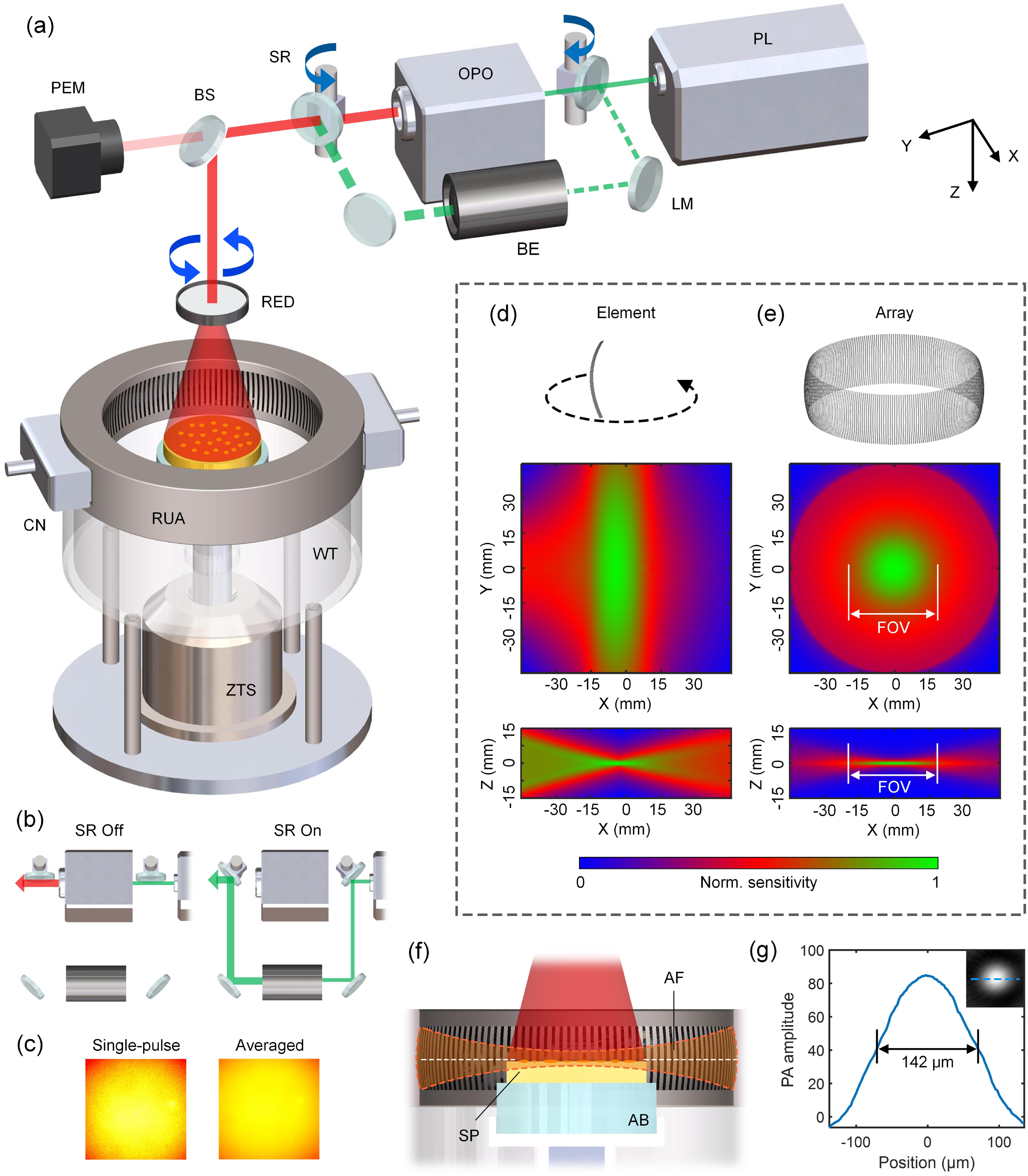Xuanhao Wang, Yan Luo, Fudong Xue, Lijuan Ma, Yang Xiao, Dikui Zhou, Junhui Shi, Mingshu Zhang, Pingyong Xu, Cheng Ma, "Fast parallel quantification for near-infrared genetically encoded reporters with self-calibrated photoacoustic screening," Photonics Res. 13, 941 (2025)
Search by keywords or author
- Photonics Research
- Vol. 13, Issue 4, 941 (2025)
Abstract

Set citation alerts for the article
Please enter your email address



